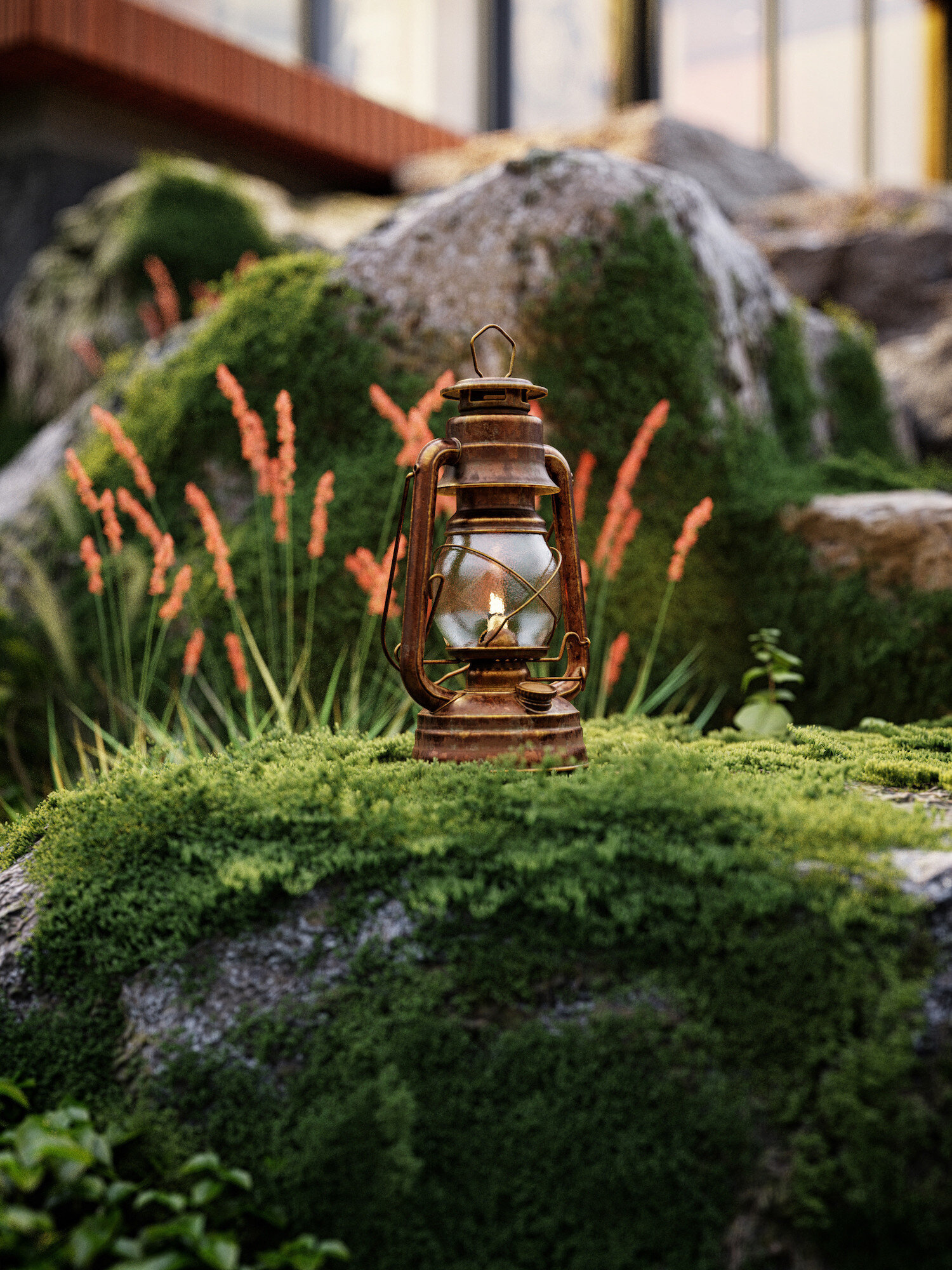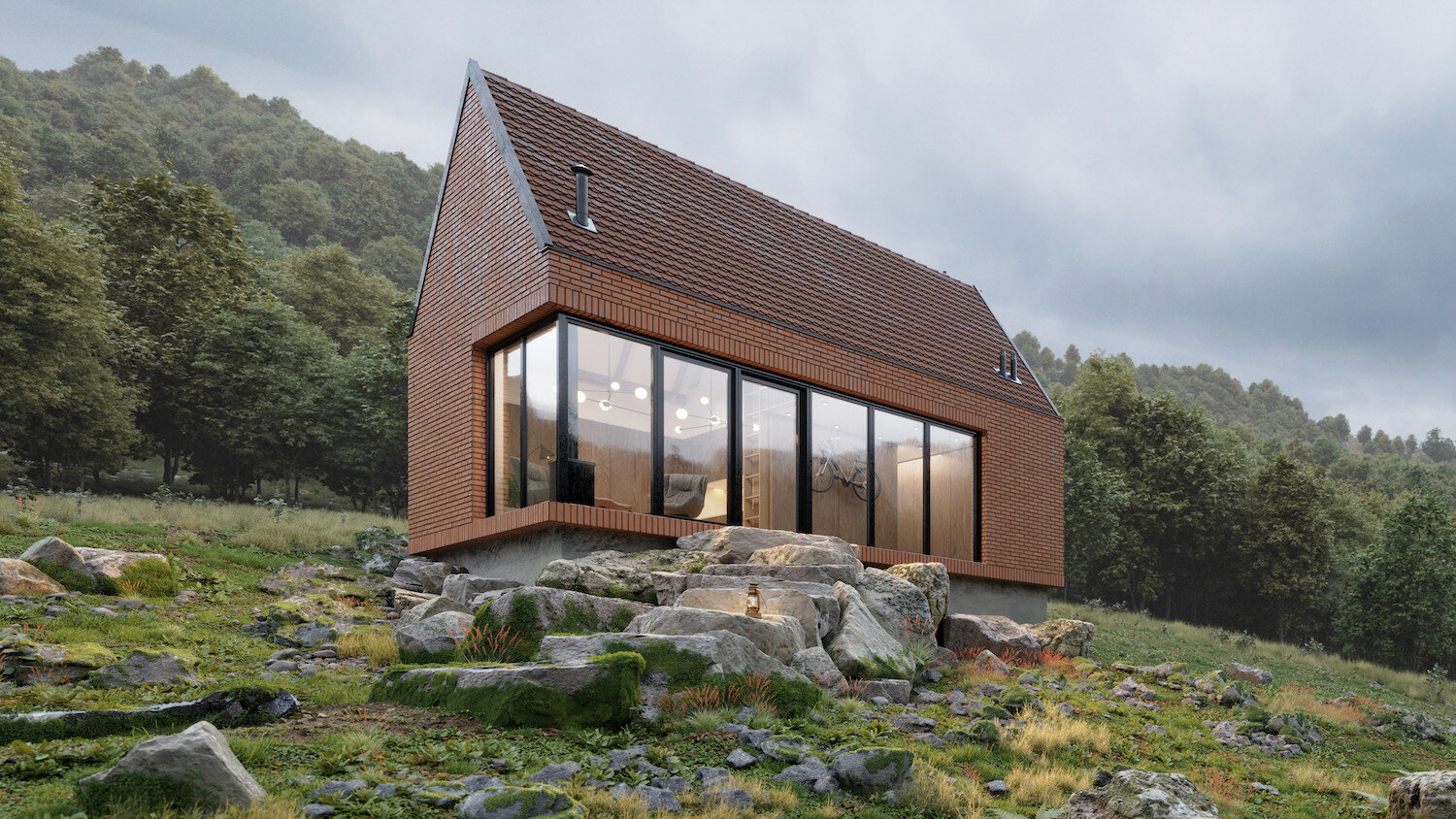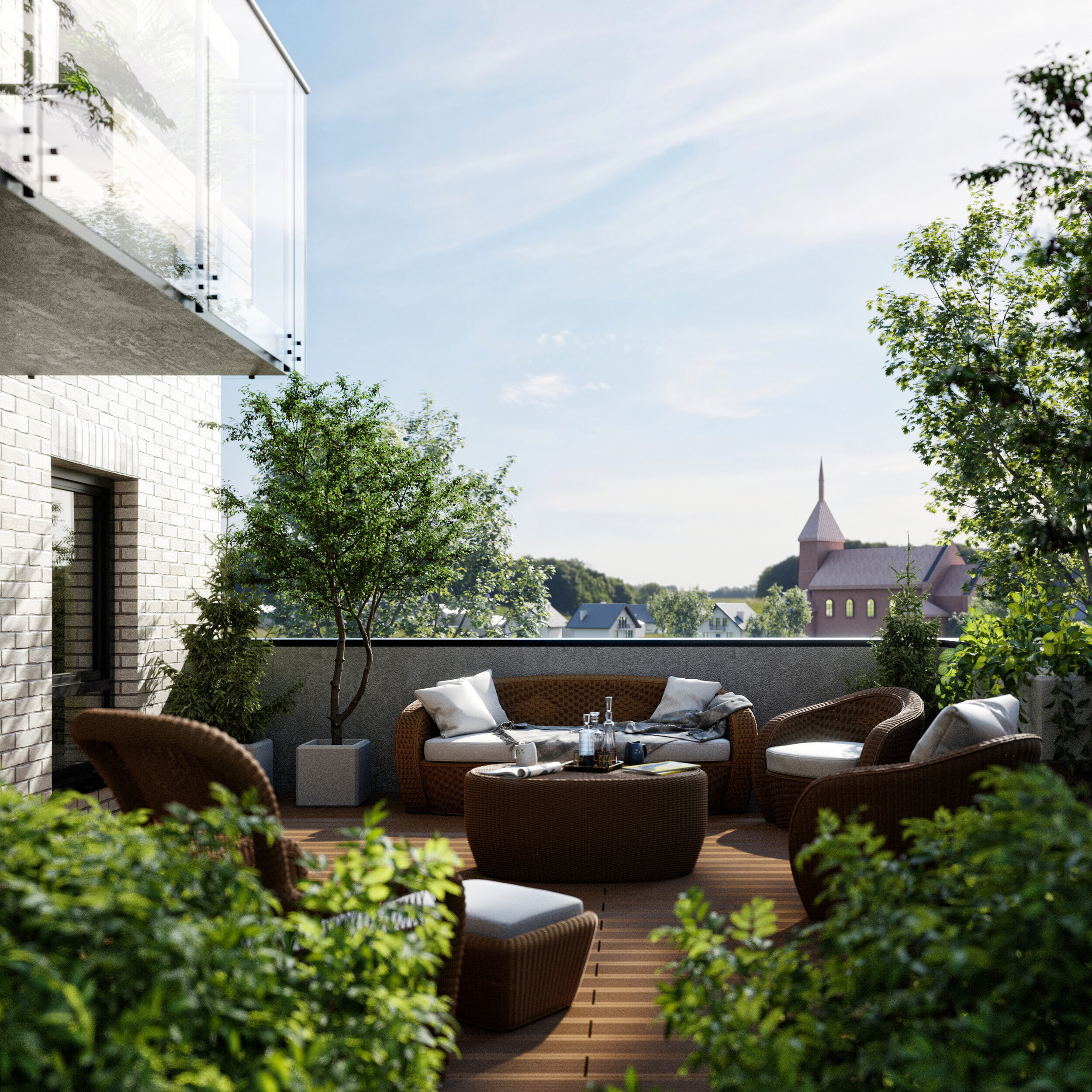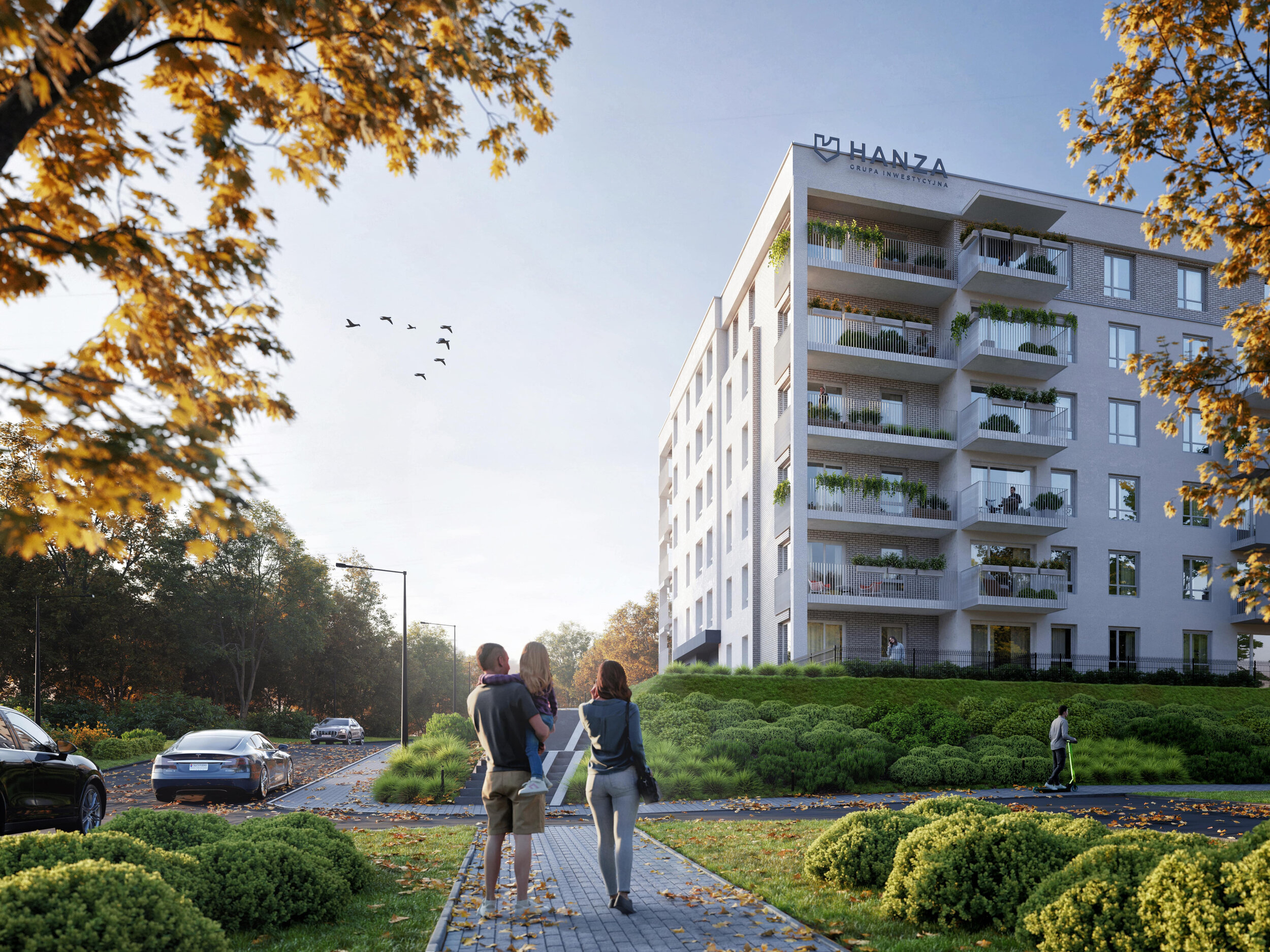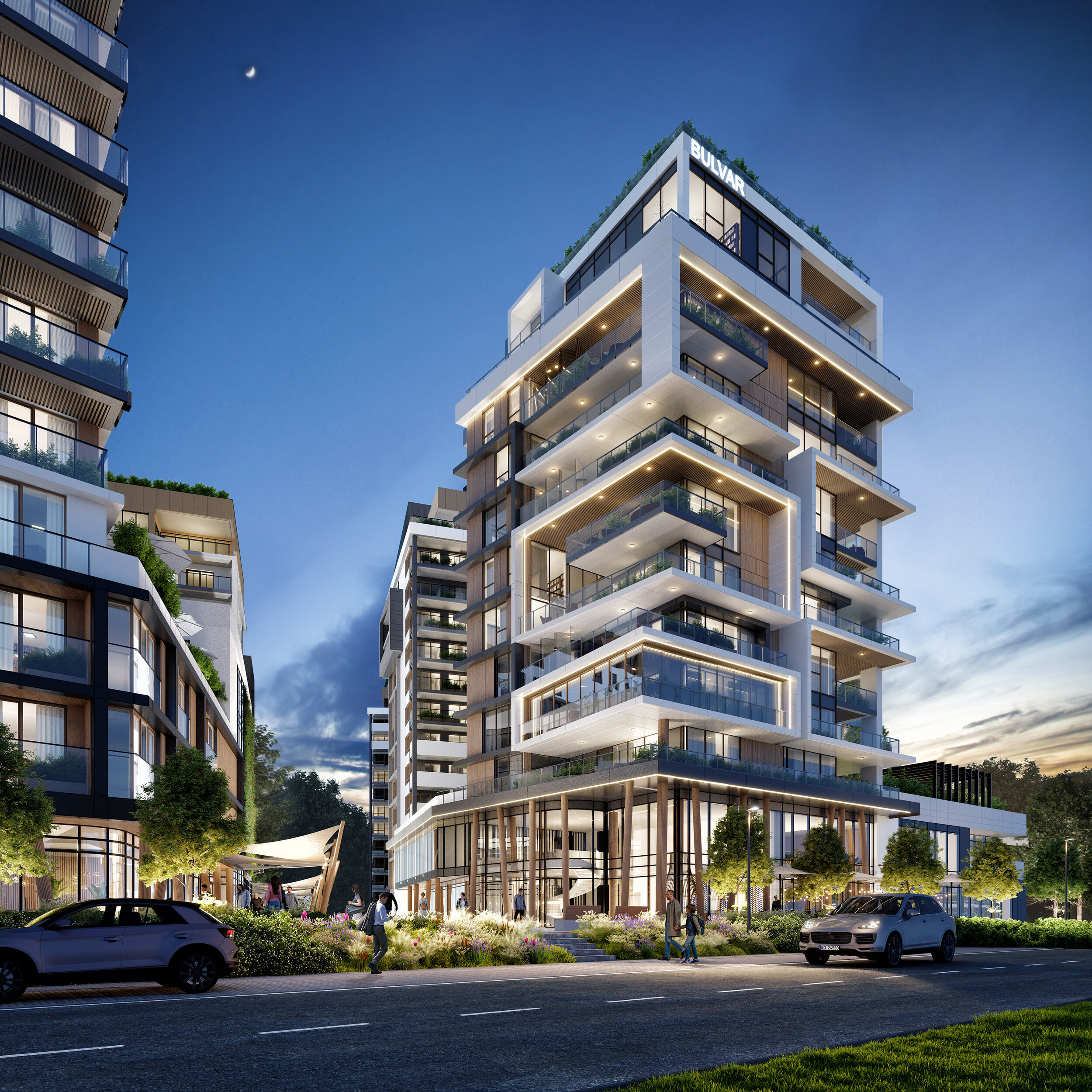Artur Szóstakowski on the making of ‘Brick House’
We speak to Artur Szóstakowski on the making of his ‘Brick House’ project and get some golden nuggets of advice on framing, surface imperfections and how understanding photography can help you create more impactful 3D artworks.
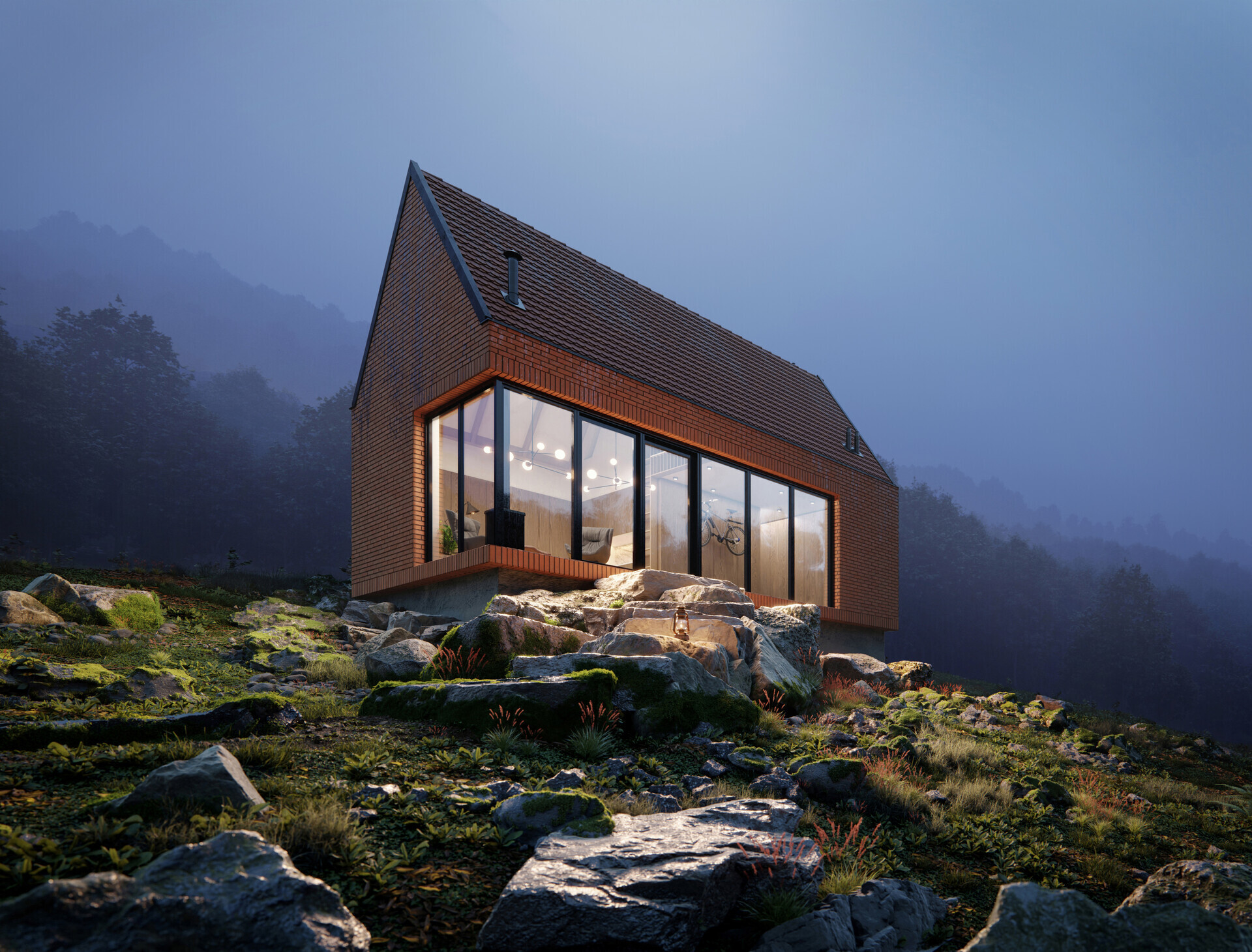
Click on the image hot-spots to find the Poliigon assets used.
Q. When and how did you get into 3D visualizations?
Artur: It all started during my college years, when I was studying architecture. It was really basic at first; I was only using REVIT’s Mental Ray to render my projects, but the visualizations were good enough for college designs.
After I graduated, I started working as an architect in several firms; there, I discovered I could make a living by delivering high-end architecture visualizations to clients. That idea, and the dream of freelancing, quickly took over. I started learning Blender after work and on weekends; it required very high levels of discipline, but soon paid off after a few months when I began to win some contracts through workmates.
When I finally had so many projects that I could freelance full-time, I decided to leave my architecture job...and I’ve never looked back.
Q. What inspires you, as an artist?
Artur: Nature inspires me the most. I take lots of pictures during hikes and trips away, with the intention of recreating the mood in CG. Looking at real photography of architecture (both new and old) is also a great way to learn camera framing, realistic lighting, details, materials and imperfections.
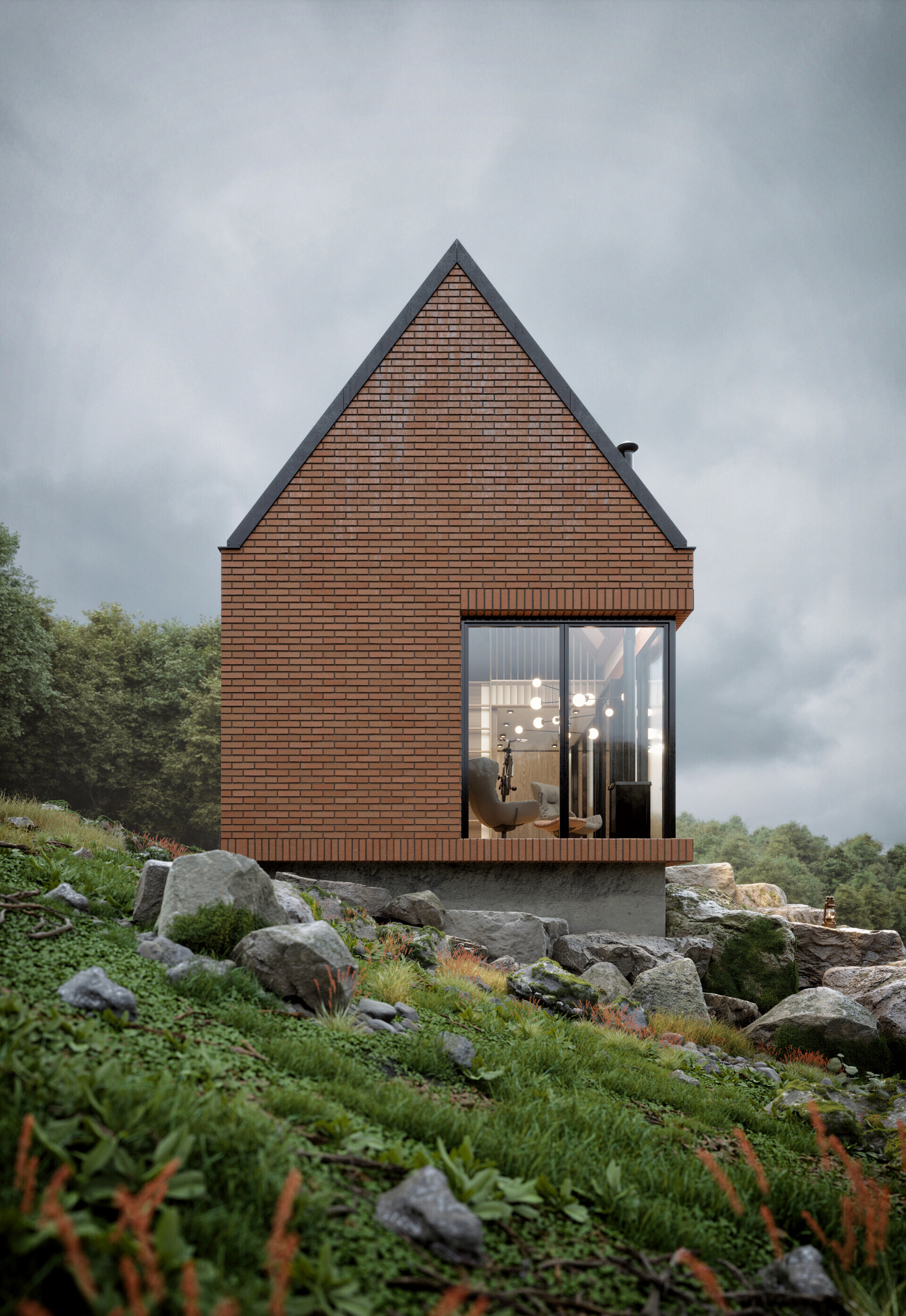
Click on the image hot-spots to find the Poliigon assets used.
Q. What is your typical workflow for creating a visualization?
Artur: I usually receive some CAD files and PDFs from the client. So, first step is examining that and building a base mesh from it. If I get a project model from a client, I ask him if he can provide me a model exported to .fbx. or .obj. But most of the time, the project models are not fully developed, so it still takes some time to get them to a usable state.
For some of my own personal projects, I basically design myself; I have an architecture degree, so this isn’t a problem for me.
After some discussion with the team, the next step is developing appointed camera angles with proper exterior, lighting, vegetation, etc. I do my modelling and rendering in Blender, with some post-processing (color correction, contrasts, etc.) in Blender Compositor, followed by Photoshop.
I use addons within blender like Archipack to add doors and windows. For wall openings I stick to booleans instead of manually modelling the openings. I also use a render engine addon for Blender called E-Cycles, which speeds up render time on GPU rendering.aI also use lots of addons for assets like Scatter, Graswald, Vegetation and Transportation. Recently, I’ve also been using an addon for managing HDRis called HDRi Maker, which saves a lot of time.
After this step, we work on the finer details and feedback, with some post-processing at the end. After some final validation, the project is over!
Q. Do you use any plugins or addons to make your workflow faster?
Artur: Yes, I use a render engine addon for Blender called E-Cycles, which speeds up render time on GPU rendering. I also use a lot of addons for assets like Scatter, Graswald, Vegetation and Transportation. Recently, I’ve also been using an addon for managing HDRis called HDRi Maker, which saves a lot of time.
Q. What has been your favourite recent artwork?
Arthur: The Brick House is my most recent work, as well as my most liked project published on the web. It’s a personal project, created with the intention of developing a scene with high potential for realism, with a subject that everyone likes; a forest home.
I used quite a lot of photoscanned stones and rocks from Poliigon, which added a lot of quality to the scene, as well as textures and furniture models. I really like using the Poliigon texture converter addon; it’s so useful! I can't go back to using textures normally.
I've been using Polligon assets for about 10 months now; I first heard about them on Andrew’s BlenderGuru videos, but I actually started using them after I saw other artists’ works that used Poliigon assets. I can wholeheartedly recommend them; the quality really pays off commercially, as producing a really high-end product is a lot easier with them.
Q. What did you learn whilst creating this artwork? Were there any ‘Aha!’ moments?
Artur: Yes! The moment I realised I wasn't using the Color Management tab in Blender properly (or rather, wasn’t using it at all!). I recommend experimenting with exposure and gamma on every project, as these settings can help a lot when creating a scene with a certain mood type in mind.
The biggest ‘Aha!’ moment that every beginner archviz artist needs to experience, though, is using imperfections; they add a LOT of realism to the scene. With Brick House, I paid very close attention to them. I was playing with wet reflections on the brick materials to get it ‘just right’, as well as some concrete imperfections like dirt build-up at the bottom. I added moss to the Poliigon rocks with a scatter addon and some water droplets on the glass surface...which are so subtle I think they’re almost not visible to the naked eye!
Q. What’s been the most important lesson you’ve learnt as a 3D artist, that you would pass onto other aspiring artists?
Artur: Framing! I get quite a lot of comments that while my work isn’t quite photorealistic, they have something in the ‘framing’; a way of positioning the camera to fully emphasize on the project’s biggest pros, whilst also nullifying its cons. Clients say all the time this is a reason they contacted me in the first place.
I think it’s perhaps a skill I learned in architecture studies, but it can also be learned by observing architecture photography and the way photographers frame buildings.
Q. What are some other artworks people should check out, if they’re interested in seeing more of your work?
Artur: I’d recommend checking out BLUE by Hanza and the Mixed Use Building, which are both commercial projects that I also used Poliigon assets and textures within...the satisfaction of the clients confirms their usefulness!
Want more from Artur?
Browse Artur’s works on Behance
Browse Artur’s works on ArtStation
Check out Artur’s website

